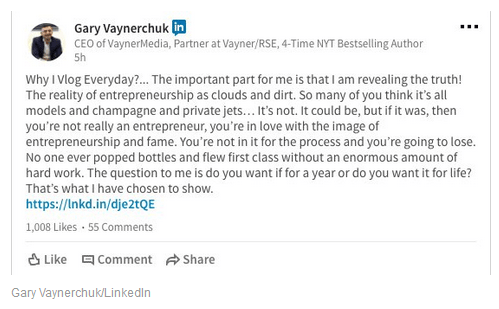By Ben Veal
There’s never been a better time to invest time and energy in your own website – especially if you’re a creative freelancer, small agency or designer-maker.
As the fierce battle for social supremacy between Musk and Zuck rages on, it’s become all-too-clear in recent months that the social channels we’ve dedicated so much of our promotional bandwidth to can become obsolete just as soon as something shiny and new comes along.
Social channels come and go – but your business website is here to stay. And it deserves your full attention.
The journey to hooking your next client begins with making the best possible introduction, more often than not online these days. So here are five key elements that all successful ‘About’ pages have in common. It’s time to tell your story the right way.
1. Who are you?
Much like every superhero comic ever written, all businesses and creative endeavours begin with an origin story. A starting point that makes them unique. A reason for existing. What’s yours?
In the same way that a great PR pitch to a journalist looks to hook interest early on, your ‘About’ page should kick off with why you do what you do.
Make it personal. What led to you founding the business? Why are you so passionate about this creative area? How are you solving a problem that needs solving? If your ‘About’ page achieves nothing else, it should quickly convey your roots while also making your offering relevant to the here and now.
2. Be bold and confident
Brits, especially, aren’t always great at patting ourselves on the back and shouting about our accomplishments. Sure, that’s a respectable attribute in daily life. But when it comes to business, it pays to be bold and confident.
Your ‘About’ page is the perfect place to shout, loudly and proudly, about your experience in the industry: awards you’ve won, testimonials you’ve received, high-profile clients you’ve worked with and campaigns you’ve delivered.
If you’ve achieved big results in the past, use your ‘About’ page to really showcase what sets you apart from the rest. After all, if you can’t be a cheerleader for yourself, how can you expect anyone else to believe in you?
3. Get social
With your ‘About’ page serving as a digital introduction to your creative offering, don’t miss the crucial chance to take this fledgling relationship with your audience further by linking to your social channels on your ‘About’ page.
Whether it’s LinkedIn, Twitter, Instagram, TikTok, YouTube, Facebook or –yes – even Threads, make it super-easy for anyone with a passing interest in what you do to connect with you on social media, truly learn who you are, and begin that all-important first conversation with you.
4. SEO, SEO, SEO
There’s no point crafting beautiful prose for your ‘About’ page if nobody will read it – so always take the time to maximise your content with an SEO-first approach.
Much like with the rest of your website, carefully consider the keywords you want to be linked to and smoothly weave these into your copy.
Optimise your meta descriptions, header tags and images. Use short paragraphs and SEO-friendly headings to keep the page punchy. Link to existing content on your site and other trusted external sources to further boost your search rankings. Paying attention to these small details can make a huge, huge difference.
5. Be you
There’s only one you in this world – and that’s a very good thing. Your ‘About’ page should celebrate your unique you-ness, serving as an authentic window into who you are, both in the workplace and away from it.
How much of your ‘true’ self you want to bring to your website is a personal judgement call – but if the pandemic years proved anything, it’s that we all crave real human connection and that genuine personalities sell. It’s a hugely overused adage, but it’s trotted out time and again for good reason: people really do buy from people.
Whether it’s sharing your favourite movie, talking about your slightly unusual pastime, including photos of your gorgeous office dog (which, let’s face it, is guaranteed to improve dwell time) or quoting your philosophy on a happy life, visitors to your ‘About’ page should leave with a much clearer idea of who you are and what gets your creative juices flowing – and be itching to work with you.




